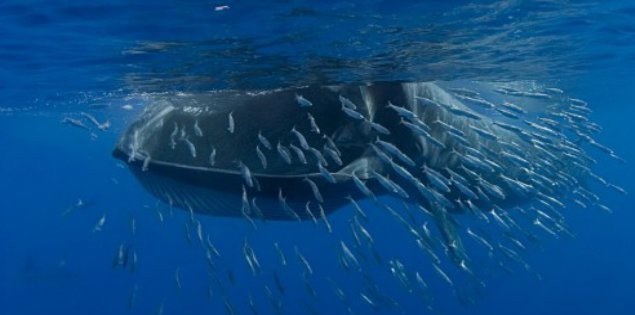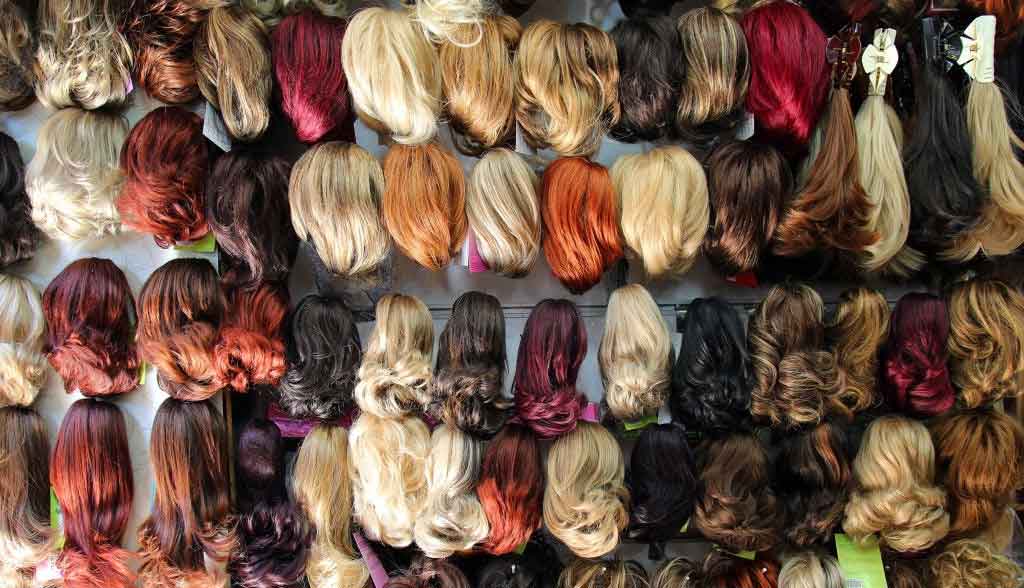In a study of blue whales off California’s coast, scientists found that they favor krill only when their counts are high, and choosing to conserve their oxygen for future dives when krill counts are low. The feeding technique of the largest animal that has ever lived has so far remained a secret.
Blue whales dive into the depths of the ocean, and taking as much water, about 130 percent body weight. Filter feeders, placed in the mouth that is made of keratin, to filter krill from oceans, allow the whales to eat as much as four tons of krill per day.
The study found that blue whales assess the environment to take advantage of their prey, for maximum energy gain from the krill. Though lunge diving takes a lot of effort, “the increase in the amount of energy from frill consumption more than makes up for it,” noted Jeremy Goldbogen, a marine biologist from Stanford University, and co-author of the study.
Research oncologist Elliot Hazen of the U.S National Oceanic and Administration Fisheries’ Southwest Fisheries Science Center and the University of Santa Cruz said that they found a complex strategy of switching from conserving oxygen when prey quality is high. The study sourced information from 50 whales with the help of tags applied on suction cups and data on the prey. Blue whales are classified as endangered due to the whaling practices in the 20th century. Blue whales can be as long as 30 meters (98 feet) and weigh 180 tons, and there are about 10,000 worldwide.
Researcher hopes to better protect blue whales through this study. Hazen said that blue whales face a gauntlet of risks from ship-strikes to human noise, and for an animal living on knife-edge, these dense patches of prey are critical to put on mass and ultimately reproduce. The study has been published in the journal Science Advances.
###







